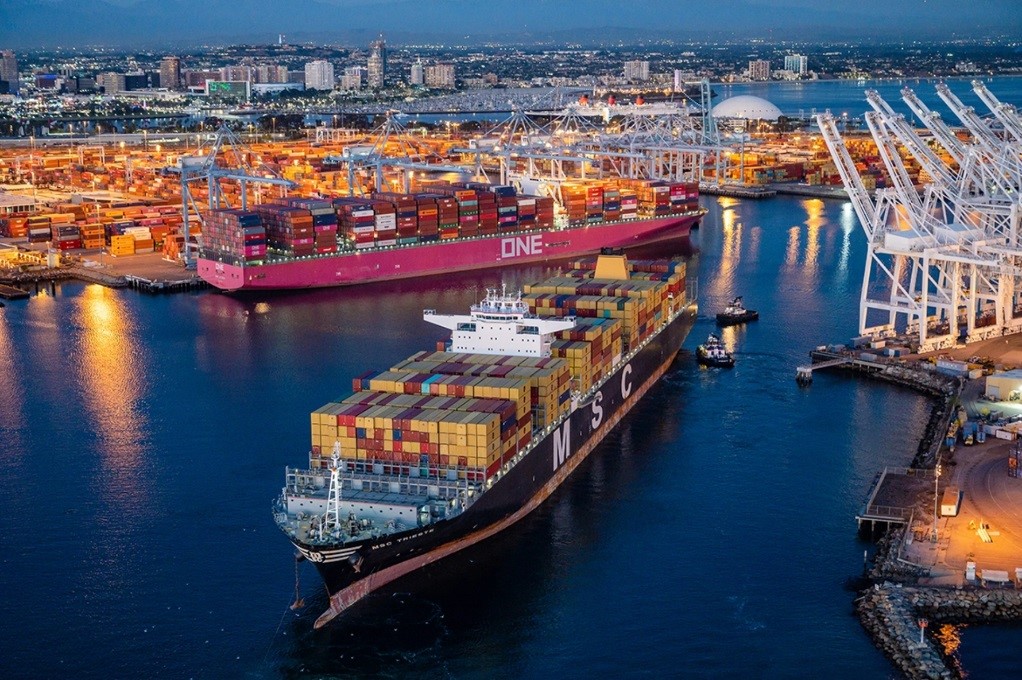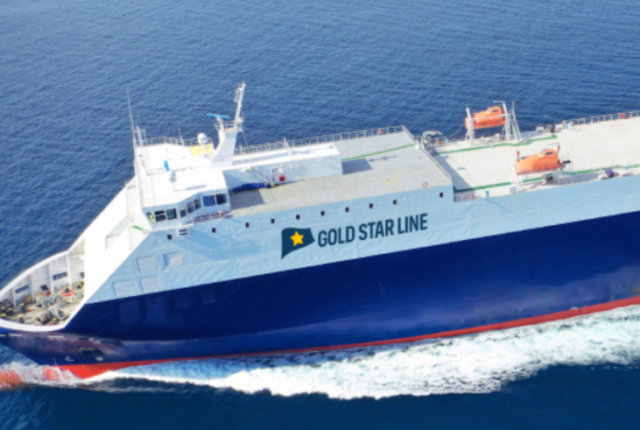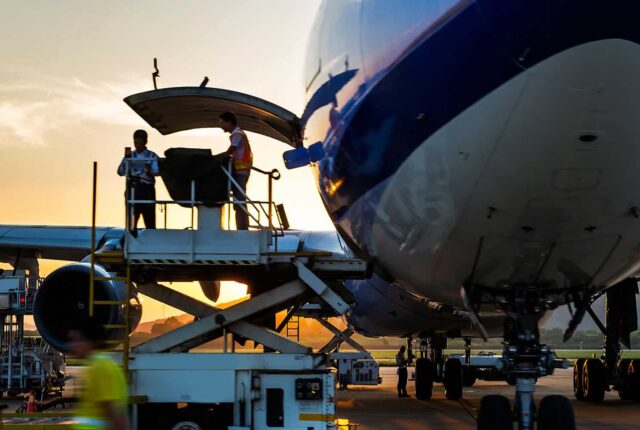
Port of Long Beach: Shipping Container Update
The Port of Long Beach is the second-busiest shipping container port in the United States, offering six container terminals and intermodal rail service from BNSF Railway and Union Pacific Railroad.
As a result of the early days of 2020 with lockdowns and blank sailings to the surge of import cargo from Asia, consumption demand grew in the third and fourth quarters of 2020. The San Pedro Bay port complex is currently experiencing unprecedented volume growth and congestion and measures have been taken by the Port of Long Beach to mitigate the current situation. U.S Importers, have any of your ocean shipments been affected around the Long Beach area? Below is an extract from the Executive Director of Port of Long Beach advising how they will be looking to streamline and upscale the port of Long Beach:
“ In order to ensure efficient commercial cargo flow, the Port is investing $1.7 billion over the next 10 years to improve our infrastructure:
– We opened an iconic new bridge in October 2020 to support 15% of all cargo entering the United States.
– Long Beach Container Terminal at Middle Harbor is scheduled for completion in 2021. Once completed, it will be able to handle more than 3 million TEUs a year.
– Planned on-dock rail improvements, including the Pier B On-Dock Rail Support Facility, will help increase cargo movement for all our marine terminals and take trucks off our roads and freeways.
Our terminal operators are also working hard to improve their services for our customers: o LBCT and ITS offer an Application Programming Interface (API) that can connect directly to Port stakeholders’ own truck appointment systems.
– Many terminals are offering extended gate hours each week, including Fridays and Saturdays.
– We are advocating for 50% of dual transactions at our terminals as well as better utilization of night gates in order to increase cargo fluidity”.
Get in touch with us today and lets see how we can unite together and overcome some of the issues currently occurring for sea freight forwarders on the West Coast of USA.
Across the Ocean Shipping






